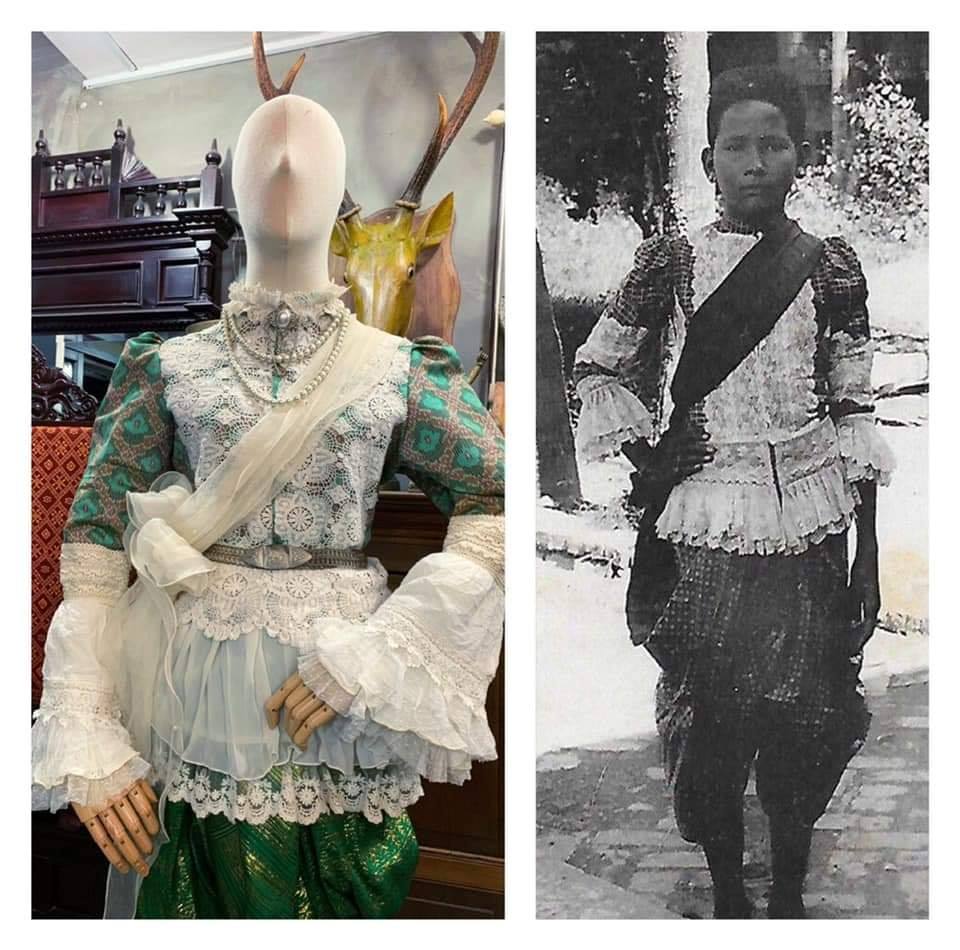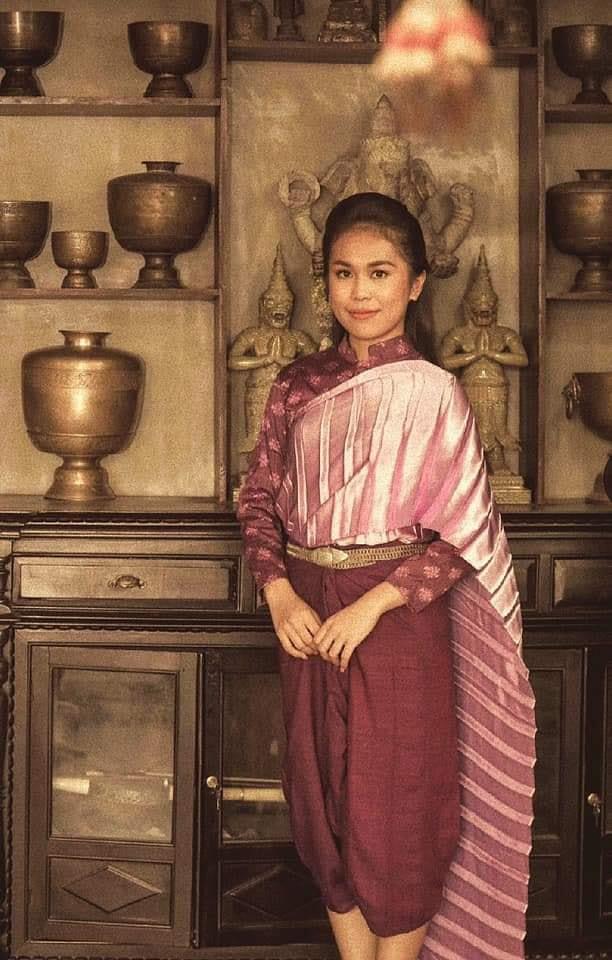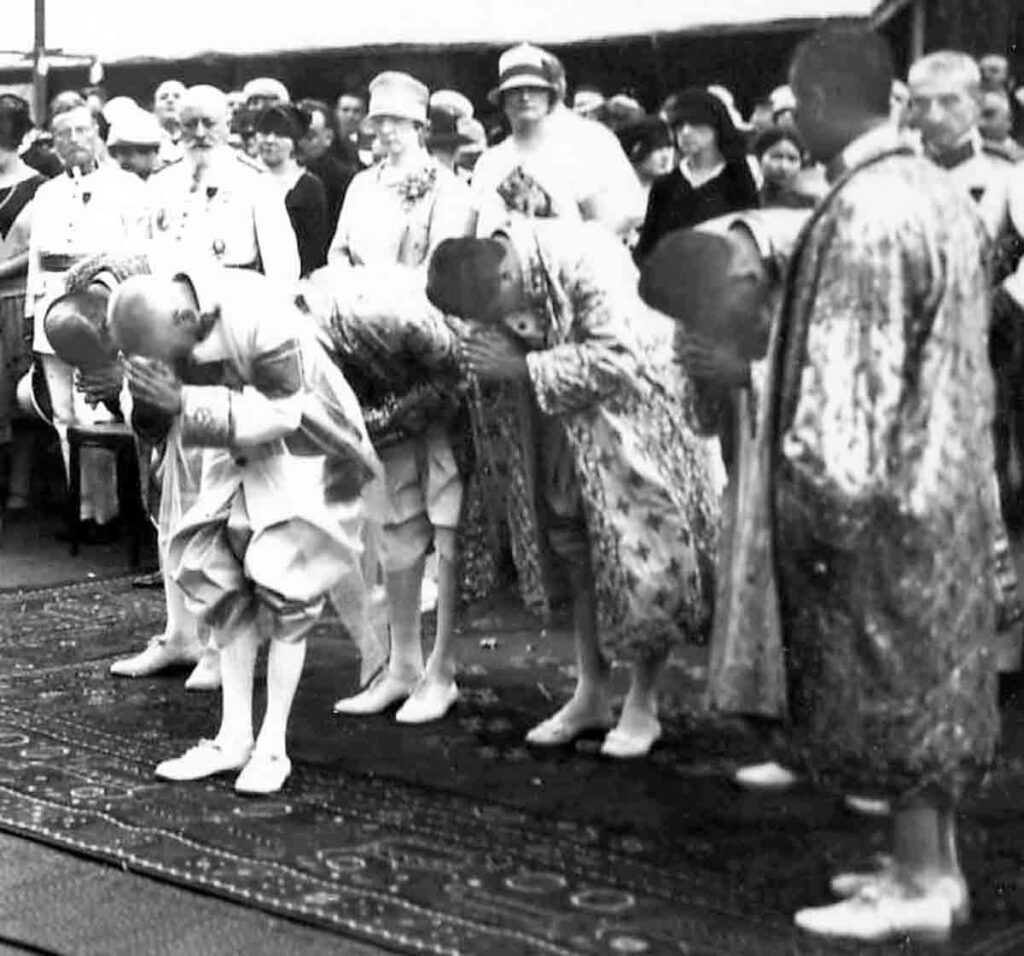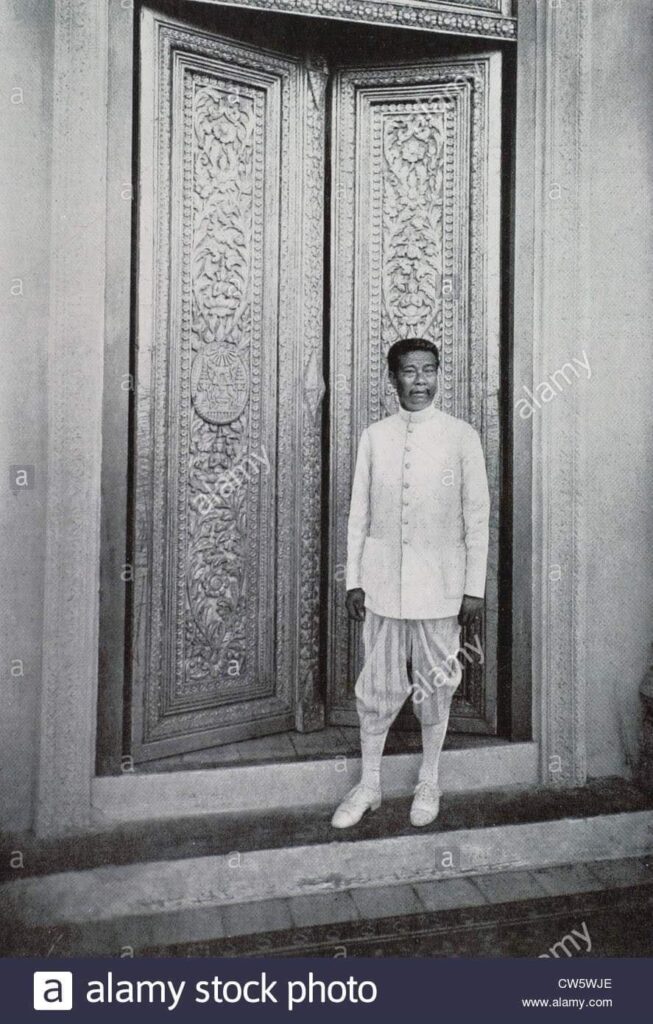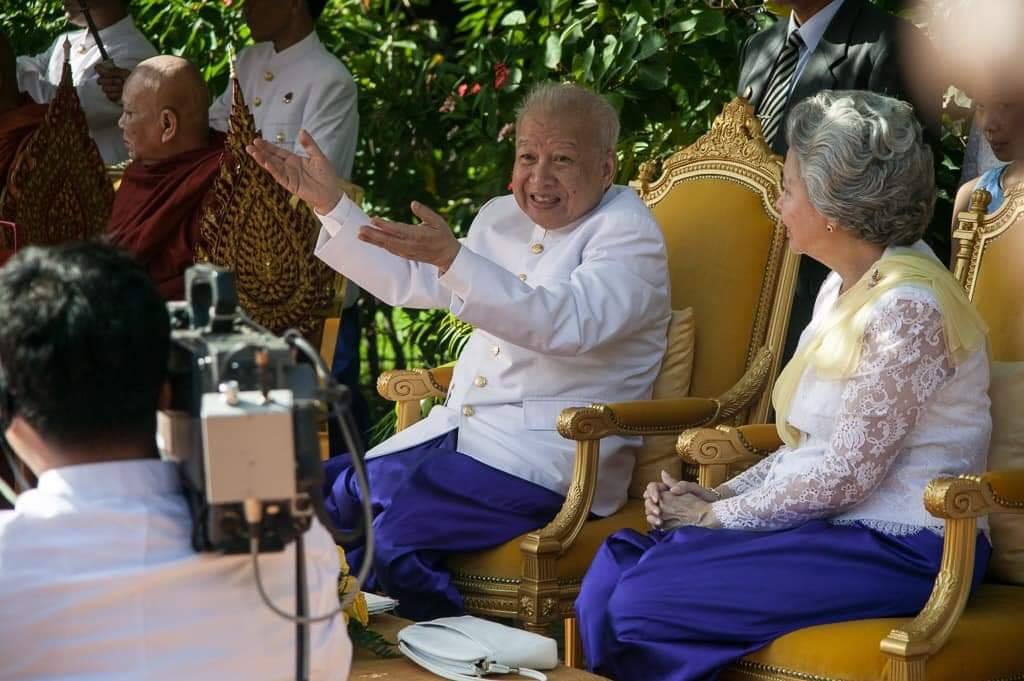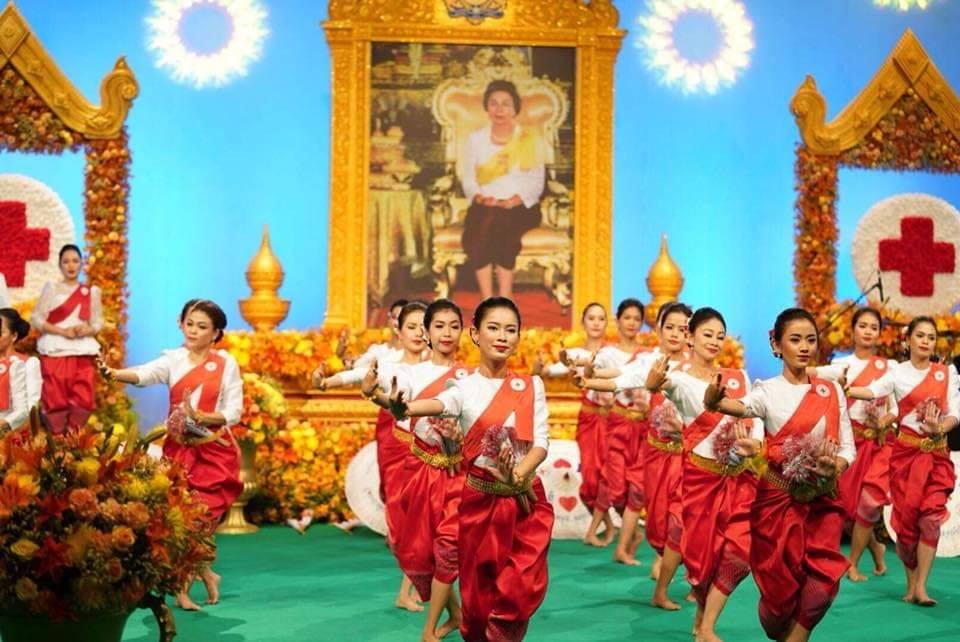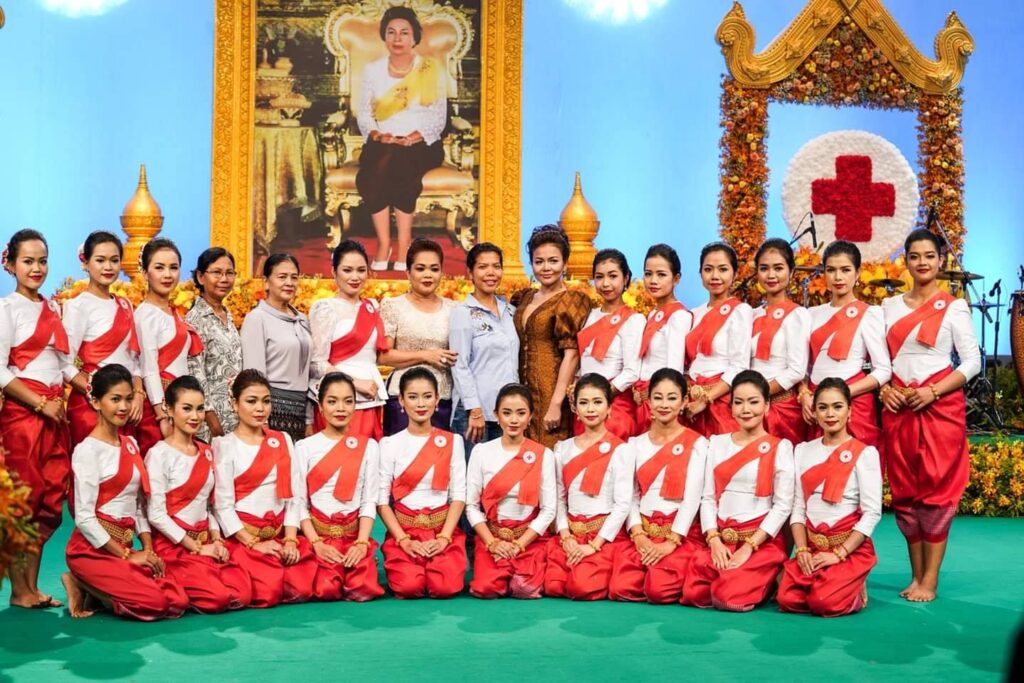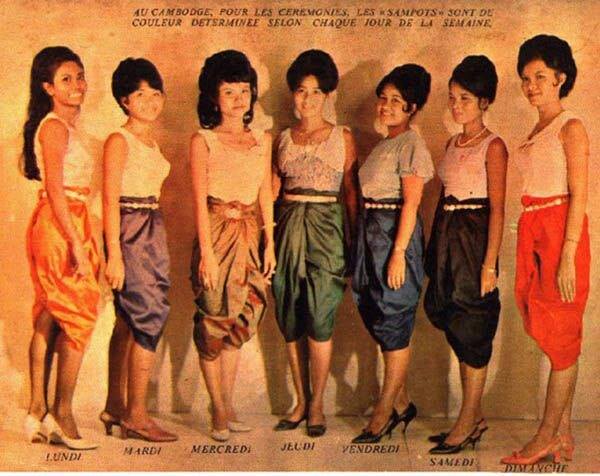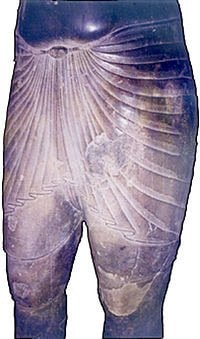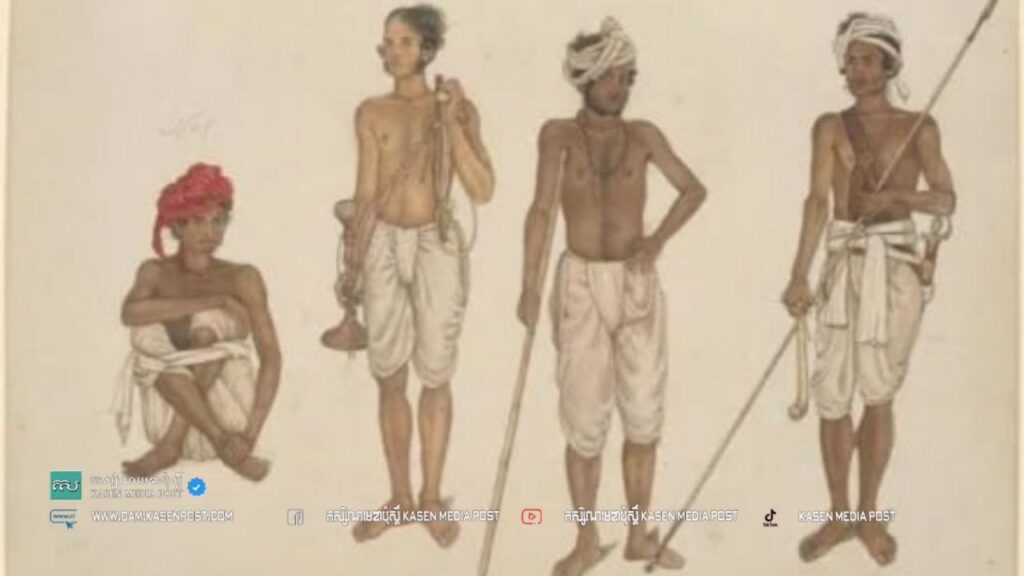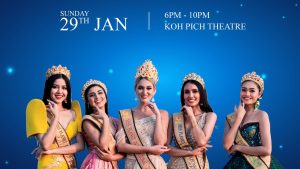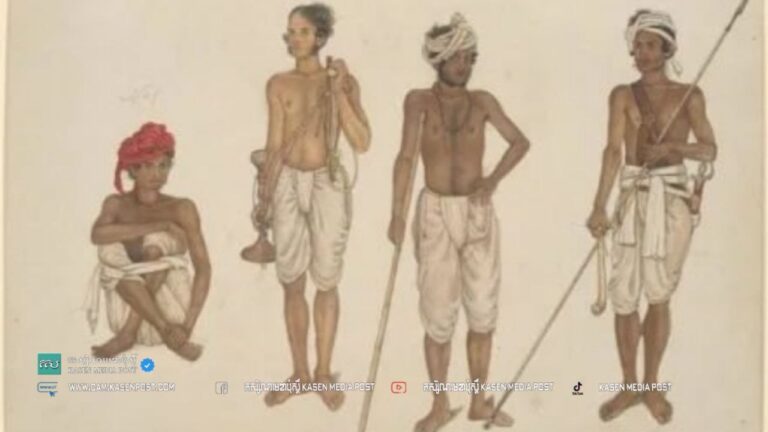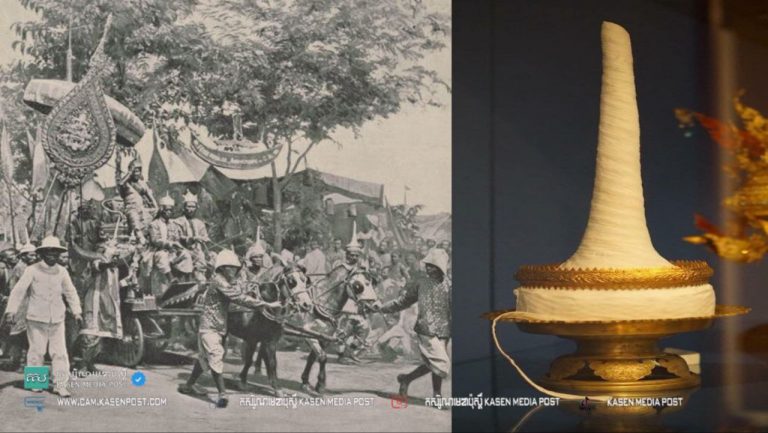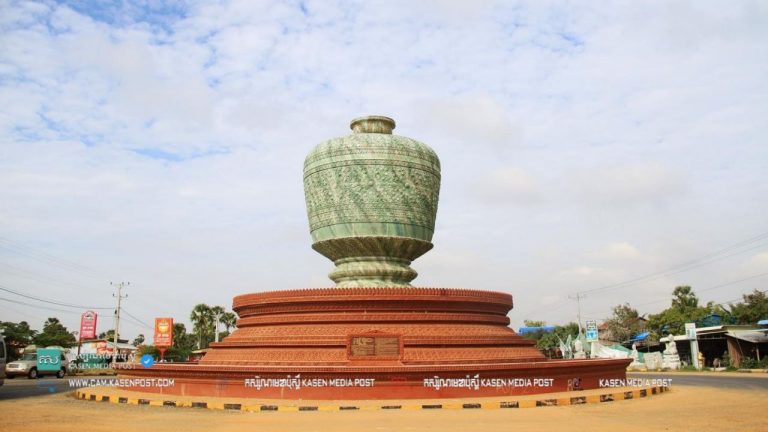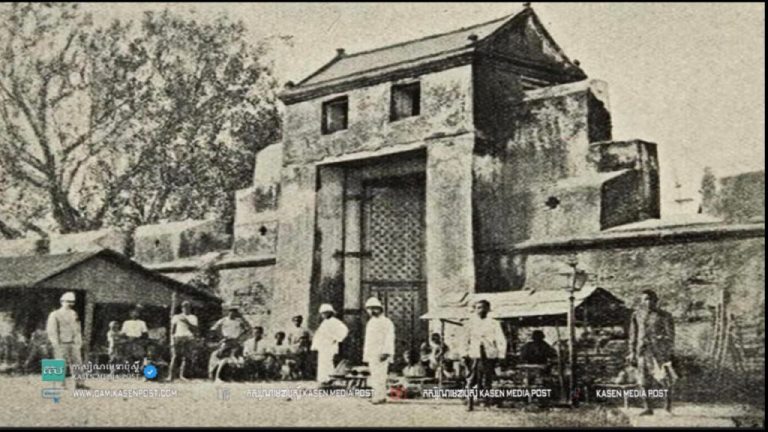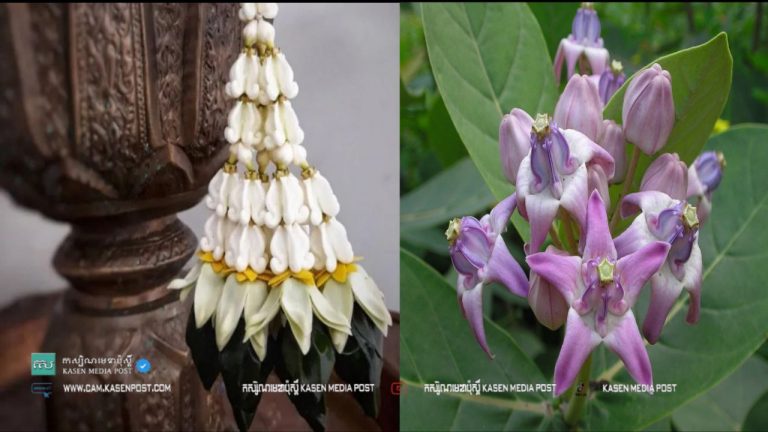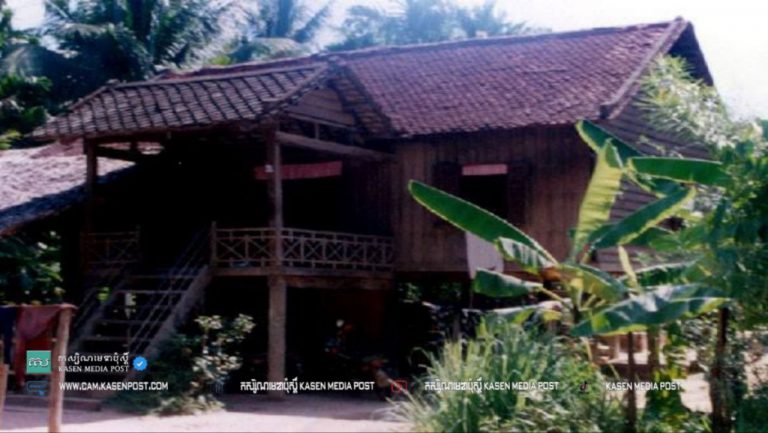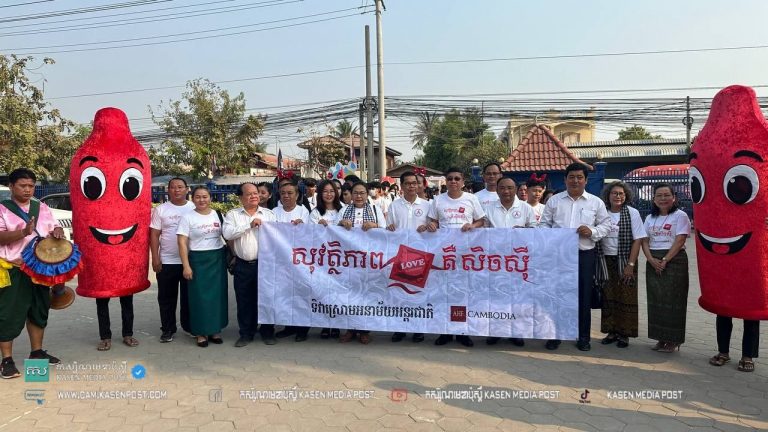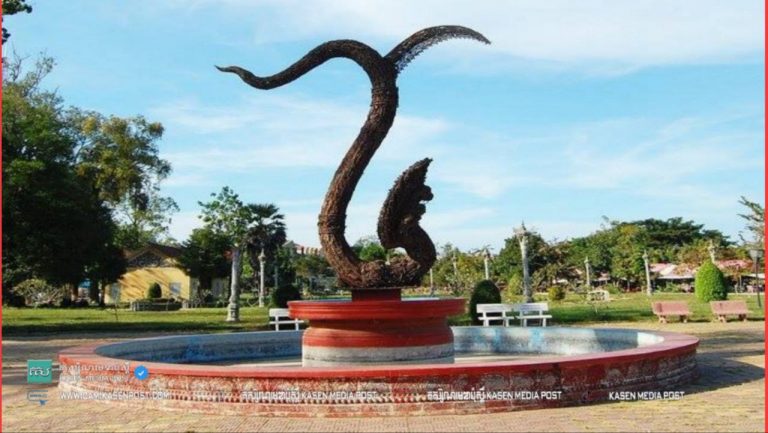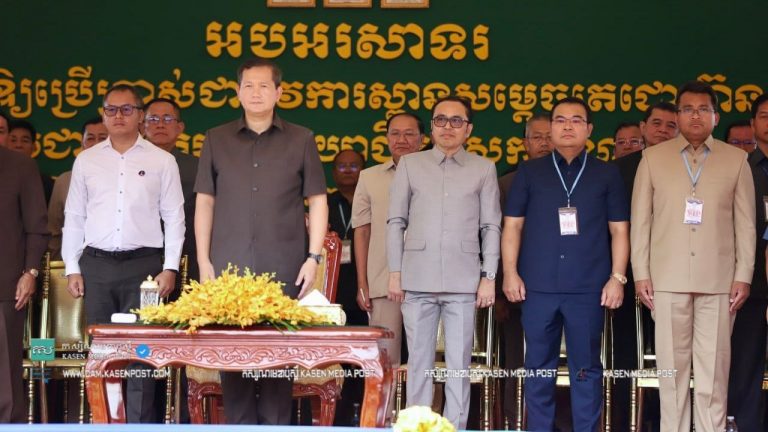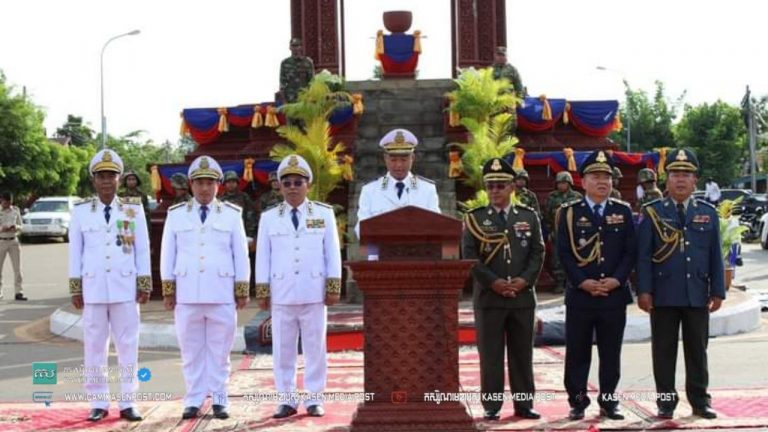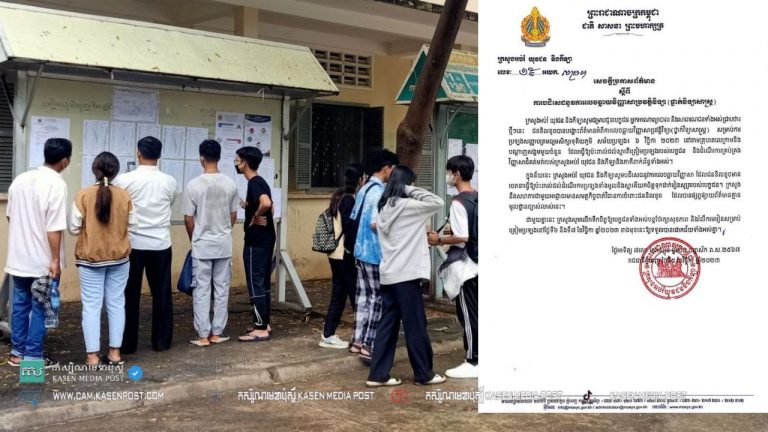Wearing a Khunben is a South Indian tradition that was first imported from the former Khmer Empire (Nakhon Phnom or Funan) by King Kaondinya. Since then, both sexes of the Khmer people have worn Khunben together until the present day. In the mid-13th century, the Thai-Lao people also borrowed the custom of wearing Khunben from the Khmer because they considered wearing Khunben to be a dignified tradition for participating in various ceremonies and including the use of royal officials. In this sense, the Thai-Lao people used to wear “Khunben” like the Khmer. These evidences clearly show the influence of Khmer culture.
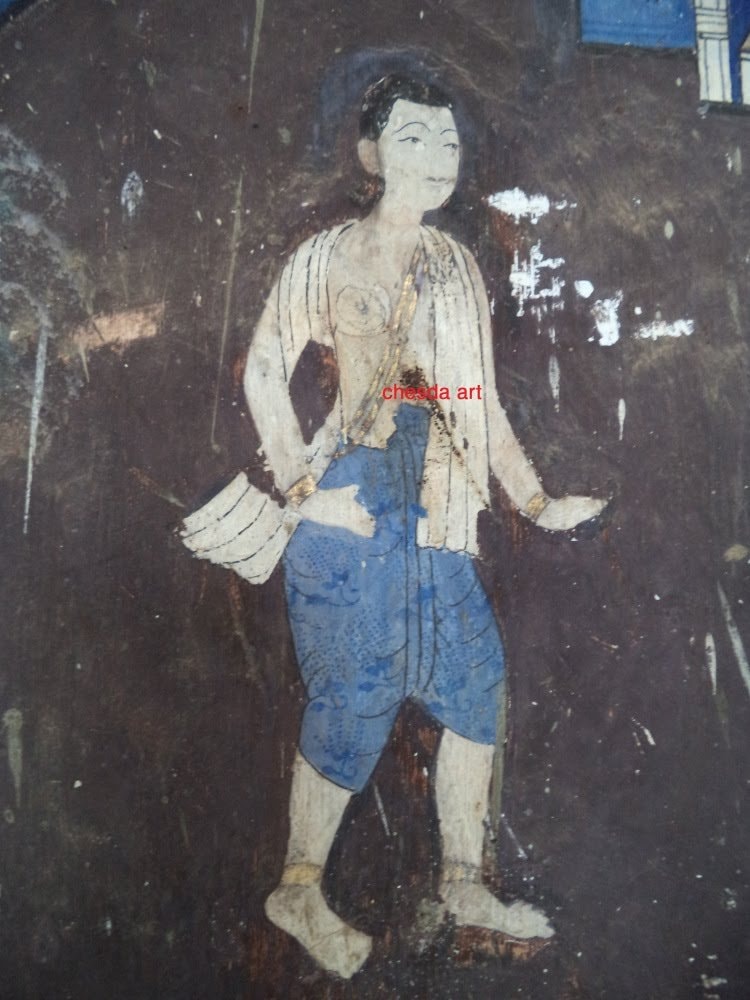
According to Khmer historian Dr. Michel Trane, the Khmer-Mon tribe, the Khmer Prey Phnom or the Khmer Leu community did not have a tradition of wearing Khunben, so it cannot be said that Khunben originated from prehistoric culture. Many documents state that the oldest known turban is from the time of King Kaundinya and the Brahmins, including Indian traders, who first came to Cambodia in the 1st century. We can see that the current situation in South India, where the Tamils live, has continued the tradition of wearing turbans, just like the Khmer. The influx of Indian culture into Cambodia from the beginning is a factor that reflects that the ancient culture of wearing turbans belongs to the Khmer people in the Kingdom of Cambodia.
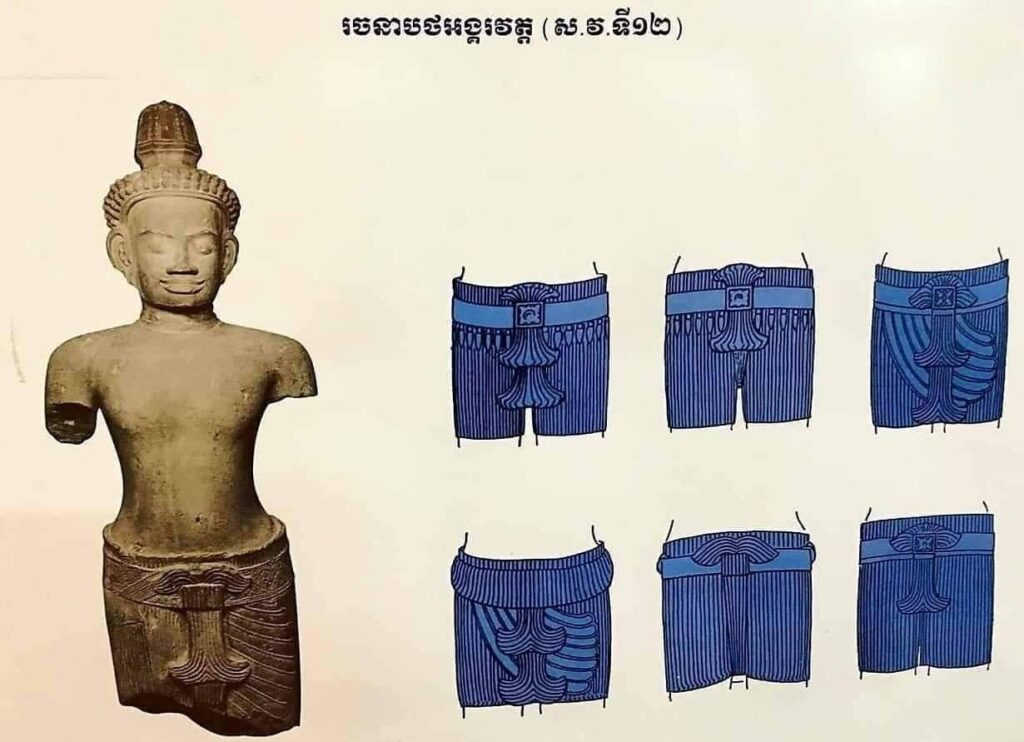
Dr. Michel recalled that ancient sculptures show that the Khmer have been wearing turbans since the Phnom Kingdom period from the 1st to the 6th century AD. The sculptures show that both gods and people with high lineages liked this turban. The reason that there are no sculptures of people wearing turbans on the Angkor Wat temple is because this temple is not related to daily life and religious beliefs. However, on the “Phnom Da” sculpture from the Phnom Kingdom period, there are Preah Narayan and Preah Rama wearing turbans. The deity wears a robe because this clan is descended from the Brahmins.
